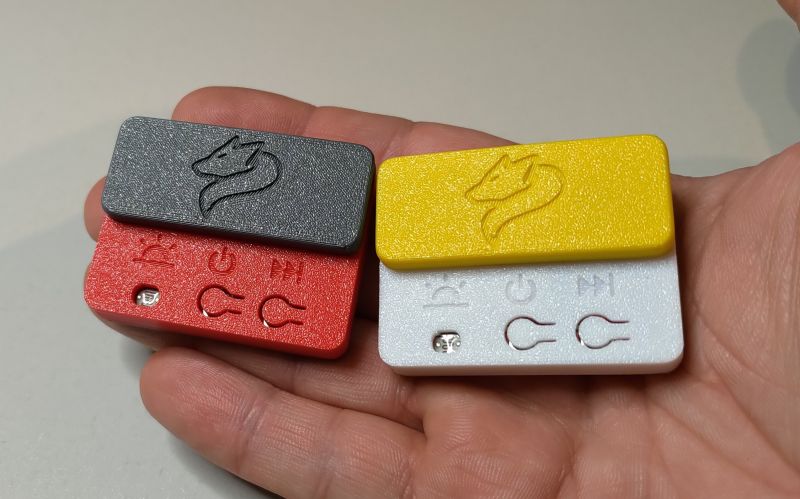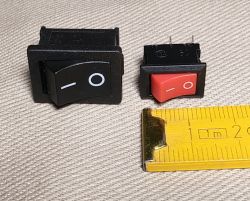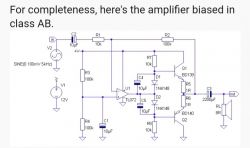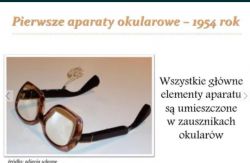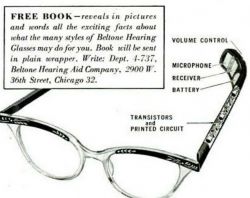Similar topics have already been discussed on the Forum, but my device is the most mine, so I decided to share a report of its construction with those who either have hearing problems or would like to make a similar device for someone with such a problem.
I'm not an acoustician and I don't do acoustics at work, so professionals versed in the art may find the presented device technically poor, incompatible with the art and Be at all, but it has an undeniable utility value confirmed by the person concerned, with whom I can now communicate freely.
I know you can buy a fairly decent amplifier on the MAX9814, however, where is the fun and learning here?
So I borrowed the base schematic from the website : Link .
I made this device unchanged, but it had some significant drawbacks such as a very high resting current ( battery life ) and a lot of noise.
So I decided to simulate this circuit under LTSpice, which pointed me in the direction of improvements.
This resulted in a circuit with relatively low noise, a flat gain characteristic from about 80Hz to the limits of audibility ( probably around 10kHz ) and a negligible resting current of less than 3mA.
The final shape of the circuit is shown in the diagram below:
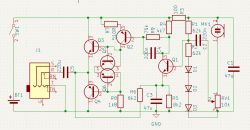 .
.
and here is a revised version of the final layout form:
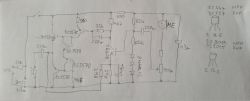 .
.
What the layout is like everyone can see. A board was also created, of course :
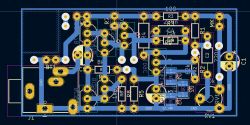 .
.
and then it was enhanced with the relevant electronic components:
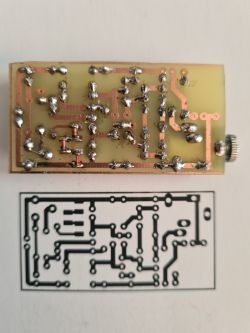
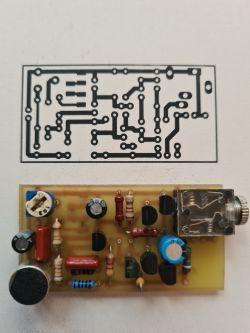
It's not a master craftsmanship, but it works and follows the schematic.
After attaching the LiIon battery, headphones and switch, I performed tests and basic measurements.
Actually the resting current is about 3.2mA and the noise is very negligible. The circuit picks up sounds well from about 5 metres and, most importantly, does not distort them in the audible range of sound waves. The goal has therefore been achieved.
Now only the casing remained to be made. Since I acquired a 3D printer, this is no longer a problem and instead of adapting the device to the housing I have, I make a housing for the circuit I made. Very convenient and quick, and I don't have to search for the right box.
The box consists of the bottom and of course the top :
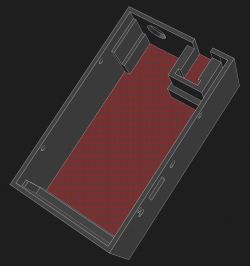
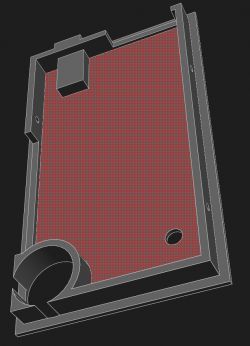 .
.
And after printing it looks like this:
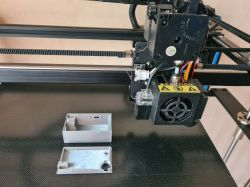 .
.
Now the previously made layout goes into a new box :
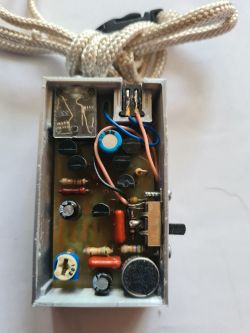
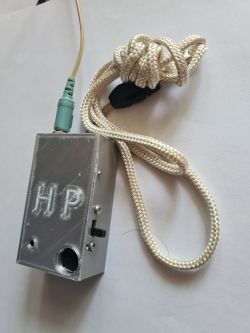
and that's pretty much it.
One more thing, I originally used a BC109C transistor in the input stage, but the noise was too high, so I replaced it with a 2SC9014. The noise dropped well below the expected value, so that's how it stayed.
I use an old power supply from a Nokia phone as a charger. The battery is charged with about 100mA through a 20 ohm resistor. Ten hours is completely sufficient to fully charge the battery. This is not the recommended way to charge LiIon batteries, but if someone wants to, they can connect an external circuit purchased from MyFriends instead of a simple phone charger..
I use 32 ohm headphones connected in series on the output, but both 16 and 64 will work well too. Volume control is via a potentiometer on the headphone cable.
I don't expect applause, but if this device is useful to someone, I think I'll consider the goal achieved.
I encourage esteemed colleagues to enrich the topic with their valuable comments and ideas.
I'm not an acoustician and I don't do acoustics at work, so professionals versed in the art may find the presented device technically poor, incompatible with the art and Be at all, but it has an undeniable utility value confirmed by the person concerned, with whom I can now communicate freely.
I know you can buy a fairly decent amplifier on the MAX9814, however, where is the fun and learning here?
So I borrowed the base schematic from the website : Link .
I made this device unchanged, but it had some significant drawbacks such as a very high resting current ( battery life ) and a lot of noise.
So I decided to simulate this circuit under LTSpice, which pointed me in the direction of improvements.
This resulted in a circuit with relatively low noise, a flat gain characteristic from about 80Hz to the limits of audibility ( probably around 10kHz ) and a negligible resting current of less than 3mA.
The final shape of the circuit is shown in the diagram below:
 .
.
and here is a revised version of the final layout form:
 .
.
What the layout is like everyone can see. A board was also created, of course :
 .
.
and then it was enhanced with the relevant electronic components:


It's not a master craftsmanship, but it works and follows the schematic.
After attaching the LiIon battery, headphones and switch, I performed tests and basic measurements.
Actually the resting current is about 3.2mA and the noise is very negligible. The circuit picks up sounds well from about 5 metres and, most importantly, does not distort them in the audible range of sound waves. The goal has therefore been achieved.
Now only the casing remained to be made. Since I acquired a 3D printer, this is no longer a problem and instead of adapting the device to the housing I have, I make a housing for the circuit I made. Very convenient and quick, and I don't have to search for the right box.
The box consists of the bottom and of course the top :

 .
.
And after printing it looks like this:
 .
.
Now the previously made layout goes into a new box :


and that's pretty much it.
One more thing, I originally used a BC109C transistor in the input stage, but the noise was too high, so I replaced it with a 2SC9014. The noise dropped well below the expected value, so that's how it stayed.
I use an old power supply from a Nokia phone as a charger. The battery is charged with about 100mA through a 20 ohm resistor. Ten hours is completely sufficient to fully charge the battery. This is not the recommended way to charge LiIon batteries, but if someone wants to, they can connect an external circuit purchased from MyFriends instead of a simple phone charger..
I use 32 ohm headphones connected in series on the output, but both 16 and 64 will work well too. Volume control is via a potentiometer on the headphone cable.
I don't expect applause, but if this device is useful to someone, I think I'll consider the goal achieved.
I encourage esteemed colleagues to enrich the topic with their valuable comments and ideas.
Cool? Ranking DIY



